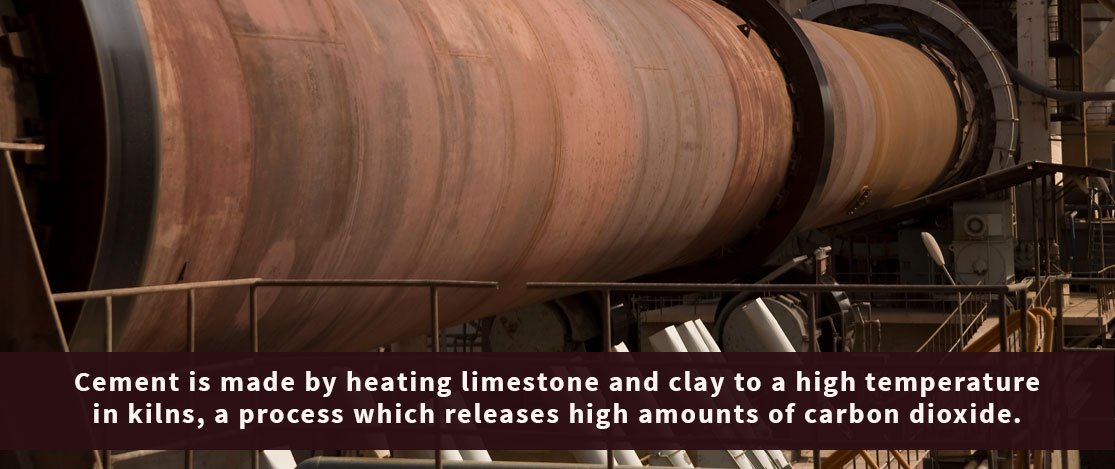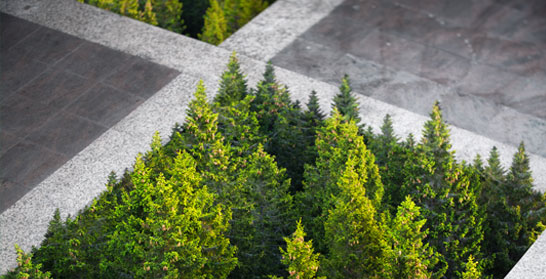Modern buildings rely heavily on cement production, but the industry has long been considered one of the primary sources of carbon dioxide, one of the most prevalent greenhouse gases behind climate change.
While concrete poses other risks, such as spreading cement dust, reflecting heat back into the atmosphere or causing surface runoff that erodes topsoil, the major concern now is global warming. But concrete construction could do something quite different. Environmentally friendly cement may actually help control greenhouse gases.
Cement Manufacture
If you’ve been contracted to make any kind of building, odds are you’ll be using cement for slabs, walls, tunnels and more. Cement is made throughout the world by heating limestone and clay to a high temperature in kilns, a process which releases high amounts of carbon dioxide. The fossil fuel generally used to heat these kilns also releases the gas as it burns. But modern society can’t do without cement.

In 2016 alone, more than 4 billion tons were produced. That amount of cement has been calculated as adding up to 5 percent more to the carbon dioxide already in the atmosphere.
Study Offers Hope
However, a study published by Nature Geoscience suggests that once a structure is completed, the concrete and mortar used may absorb back a significant amount of carbon dioxide from the air, due to a natural chemical reaction with water and oxygen. This even applies to rubble from concrete demolition. The study indicates that perhaps 43 percent of the carbon dioxide a given volume of cement released into the air during manufacture is being soaked up again over time.
Of course, that still means cement production is releasing greenhouse gas into the atmosphere. But a follow-up article in Science magazine explores the idea that this could be the start of research into further reduction of cement’s carbon footprint. One good place to start is adopting alternative energies to heat the kiln rather than relying on carbon-rich fossil fuels.
Other possibilities for creating more environmentally friendly cement include more emphasis on recycling old concrete. Better sealing could also prolong the useful life of concrete.
More trials are being done on using recycled admixtures such as thermoplastics, waste paper or fiberglass to replace a portion of the cement used in concrete. It’s becoming increasingly likely that the cement industry will meet the challenge and make major reductions to its carbon emissions.
The Del Zotto family has been committed to the concrete industry for more than 50 years. We’ve become experts in the pre-cast concrete trade and have earned a reputation for supplying top quality products. Please feel free to contact us with any questions regarding or products or services, or stop by our facilities to discuss your concrete needs with our knowledgeable staff.

